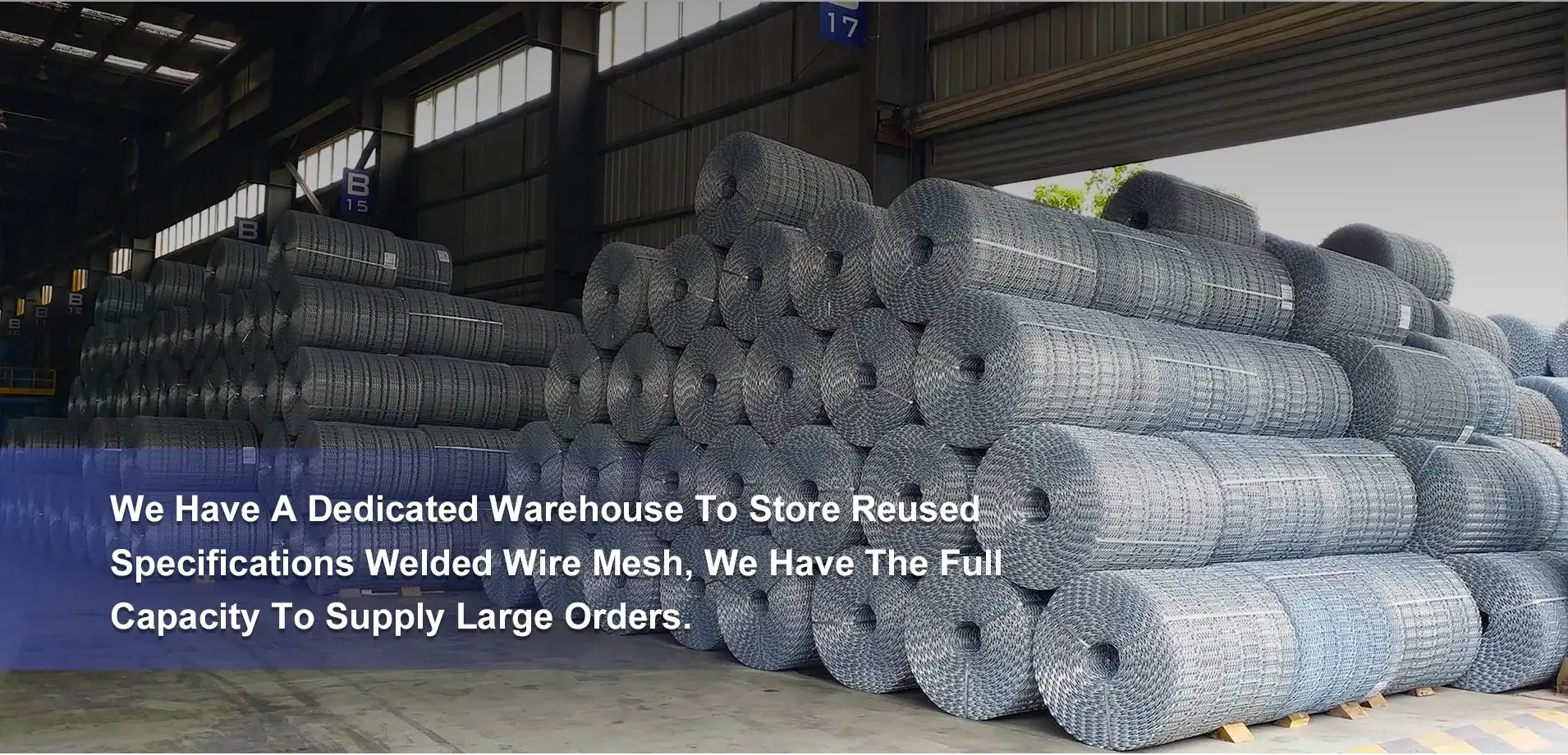- Industrial zone, South of Anping Town, Hengshui, Hebei, China.
- sales@hfpetromesh.com
- +86-18931809706
Guide to Effective Perimeter Safety Net Installation and Maintenance Techniques
The Importance of Perimeter Safety Nets in Construction
In the world of construction, safety is paramount. One of the critical elements in ensuring the safety of workers and the public is the use of perimeter safety nets. These nets serve as a crucial barrier, preventing falls and providing a secure environment while construction activities are underway. As construction sites often involve heights and hazardous conditions, understanding the importance and functionality of perimeter safety nets is essential.
What Are Perimeter Safety Nets?
Perimeter safety nets are robust nets placed along the edges of construction sites, especially in high-rise buildings or structures. They are designed to catch falling objects, equipment, or even workers, thereby reducing the risk of injuries or fatalities. Made from high-strength materials like polyethylene or nylon, these nets are engineered to withstand significant impact and strain, thus providing a reliable safety solution.
Enhancing Worker Safety
One of the primary purposes of perimeter safety nets is to protect construction workers. According to statistics from safety organizations, falls from heights are one of the leading causes of injuries and fatalities in construction. By installing perimeter nets, companies can create a safer working environment where employees can focus on their tasks without the constant fear of falling. This safety measure not only protects workers but also boosts morale and productivity, as employees feel valued and secure in their work environment.
Preventing Material Loss and Damage
Construction sites are often bustling with activity, where large materials and tools are regularly moved around. Without proper safety measures in place, the risk of objects falling from heights increases significantly. Perimeter safety nets act as a safeguard against material loss, preventing tools and equipment from plunging to the ground, where they could cause damage to property or present hazards to individuals below. This contributes to a more organized and safe construction site, facilitating efficient operations and reducing costs associated with lost materials.
perimeter safety net

Compliance with Safety Regulations
Most countries have established regulations governing safety measures in construction. These regulations often mandate the use of safety nets, especially for projects involving significant heights. By implementing perimeter safety nets, construction companies not only comply with legal requirements but also demonstrate their commitment to prioritizing safety. Non-compliance can lead to hefty fines, project delays, and, most importantly, increased risks of accidents. Thus, adopting perimeter safety nets is also a matter of adhering to industry standards.
Easy to Install and Versatile
One of the advantages of perimeter safety nets is their ease of installation. They can be quickly deployed, allowing construction projects to maintain timelines without compromising safety. Furthermore, these nets are versatile and can be adapted to various construction environments, including scaffolding and temporary structures, making them an ideal solution for both large-scale projects and smaller undertakings.
Environmental Considerations
In today’s world, environmental considerations are becoming increasingly relevant in construction practices. Many manufacturers of perimeter safety nets are focusing on producing sustainable products. This includes using recyclable materials and minimizing waste during production processes. By choosing environmentally friendly safety nets, construction companies can reduce their ecological footprint while ensuring worker safety.
Conclusion
In summary, perimeter safety nets are an essential component of construction safety measures. They serve not only to protect workers from falls but also to prevent material loss and comply with regulatory requirements. With their easy installation and adaptability to various sites, these nets provide a practical solution to the safety challenges faced by the construction industry. By prioritizing perimeter safety nets, construction companies demonstrate their commitment to creating a safe and efficient working environment, ultimately leading to successful project completion and a reputation for prioritizing safety in their operations. Investing in safety is not just an obligation—it's a smart business decision that can significantly benefit both workers and companies in the long run.
-
The Power of Pyramid Shaker Screen - A 3-Dimensional SolutionNewsOct.24,2024
-
Exploring the Versatility and Durability of Steel GratingNewsOct.24,2024
-
Revolutionizing Drilling Efficiency with Steel Frame Shaker Screens for Mud Shale ShakersNewsOct.24,2024
-
Potential of Shale Shaker ScreensNewsOct.24,2024
-
Offshore Pipeline Counterweight Welded Mesh - Reinforced Mesh in Marine EngineeringNewsOct.24,2024
-
Revolutionizing Offshore Pipeline Stability with Concrete Weight Coating MeshNewsOct.24,2024
